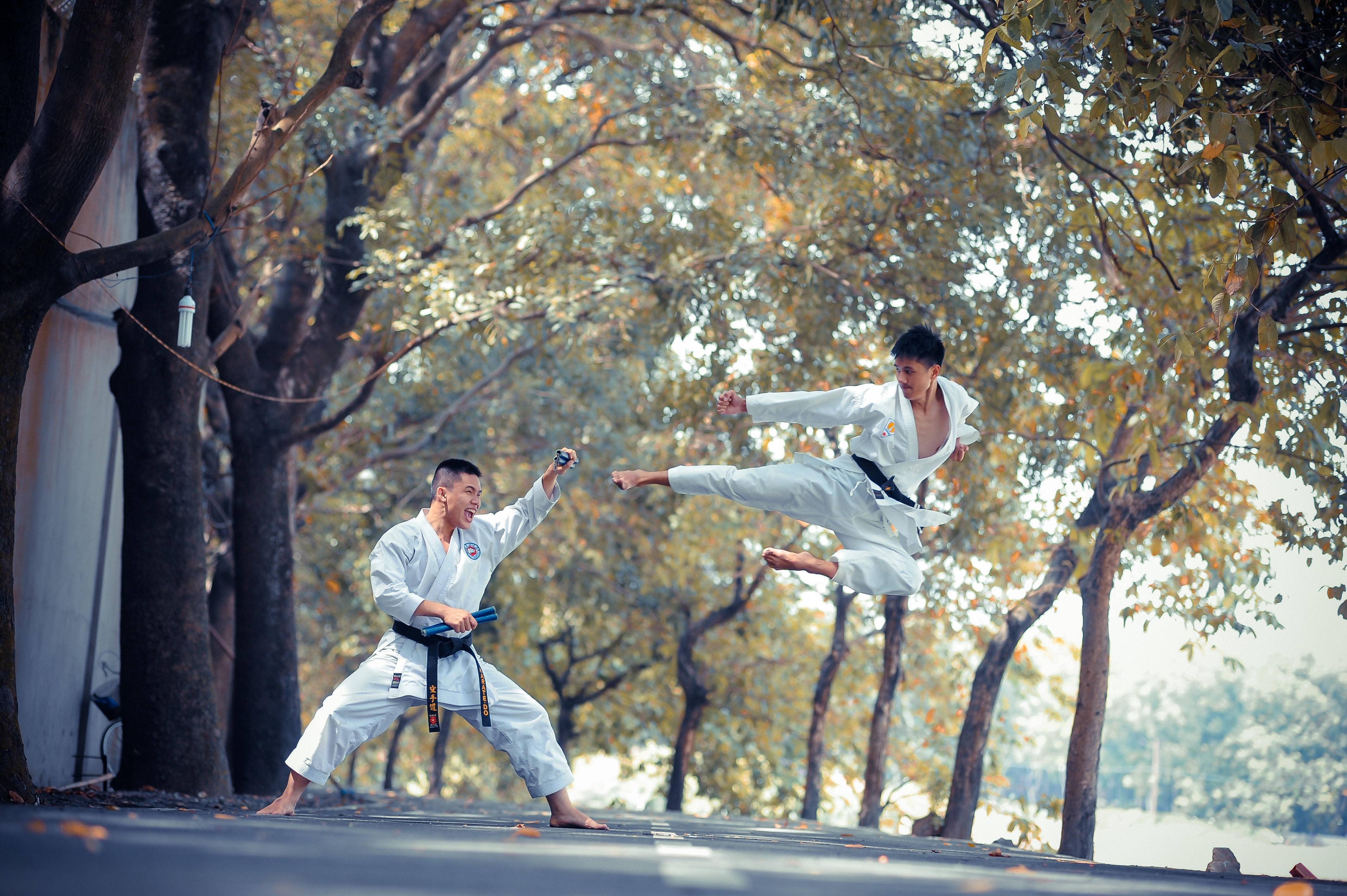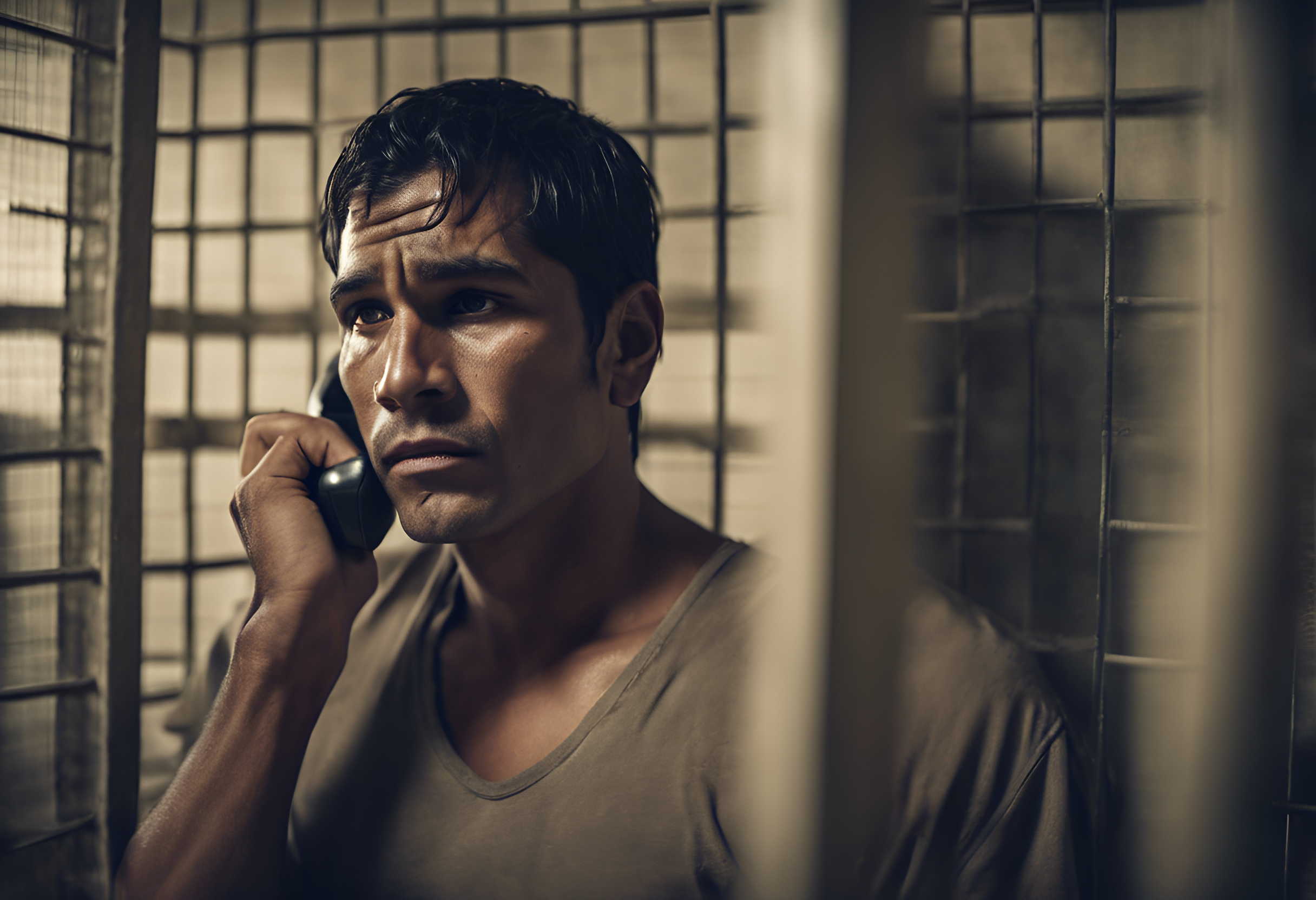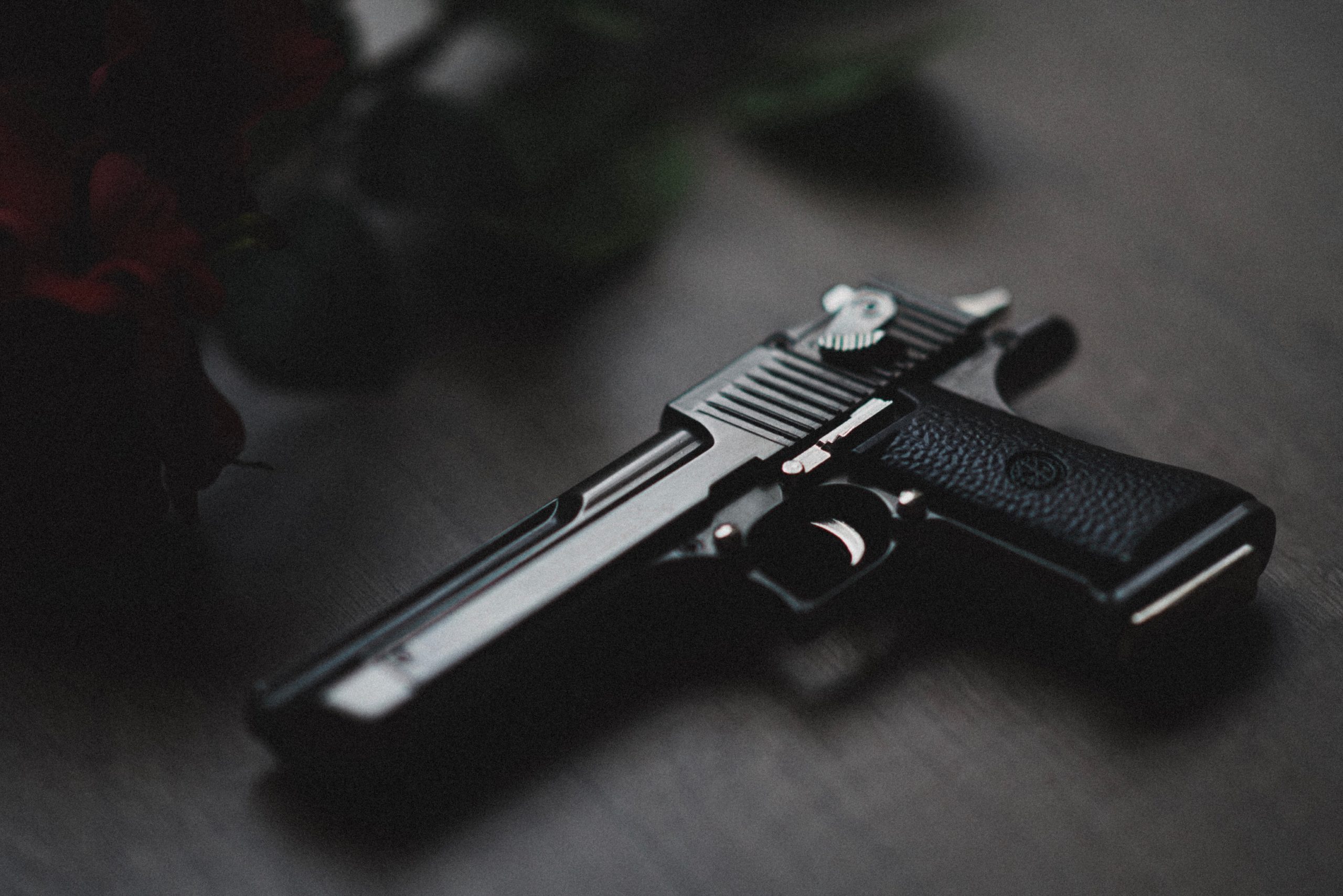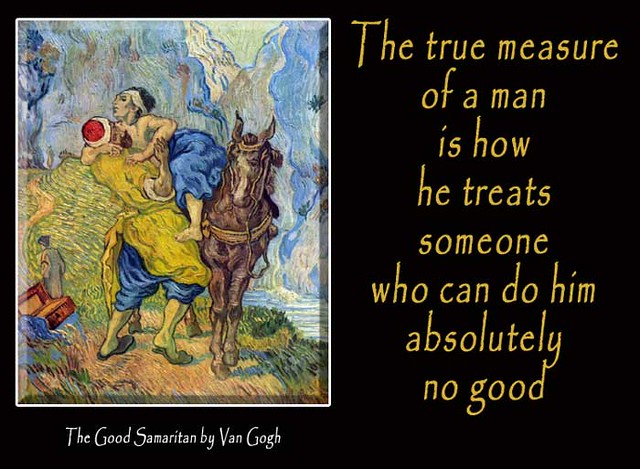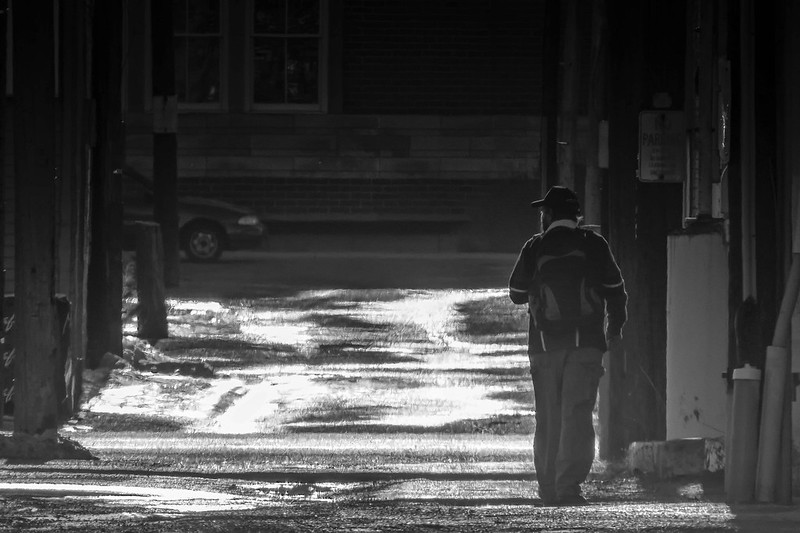This week’s top three summaries: R v Fougere, 2019 ONCA 505, R v Donogue, 2019 ONCA 534, and R v Dupe, 2019 ONCJ 320.
R v Fougere (ONCA)
[Jun 18/19] Self Defence and the Air of Reality Test - Jury is not Precluded In Applying Law to Facts not Directly Advanced by Accused in Testimony - Judge Obligated to Instruct on All Available Defences - 2019 ONCA 505 [Reasons by P. Lauwers J.A., with R.G. Juriansz J.A., S.E. Pepall J.A. Concurring]
AUTHOR’S NOTE: This case demonstrates that the law of self-defence is flexible enough to allow triers of fact to determine facts by inference or by application of the standard of reasonable doubt when considering a positive defence like self-defence. They are not bound strictly to the story advanced by the Accused. As always, a trier of fact may accept some, all, or none of a witnesses evidence. If the application of this process results in a set of facts that doesn't neatly match the story offered by the Accused, that does not mean a conviction must result. A jury must still be instructed on the possible application of self-defence to a set of facts that could reasonably be found by the jury, but was not testified to by the Accused.
Pertinent Facts
"The appellant and Lisa Beamer were each renting a room in William Vullings' home. Mr. Marcheson was there with them. The appellant and Mr. Marcheson had known each other for about 40 years but had a history of tension, including some physical altercations. Ms. Beamer and Mr. Marcheson were good friends. Ms. Beamer and the appellant were not friends. Mr. Vullings was friends with all three of the others." (Para 5)
"The group began drinking beer and playing cards in the afternoon. As the drinking continued through the evening and into the morning hours, tension grew between the appellant and Mr. Marcheson. Eventually, the appellant went to bed in his own room." (Para 6)
"The appellant awoke and complained about the noise that the rest of the group was making. He directed offensive comments at Mr. Marcheson, who confronted the appellant. They fought. Both the appellant and Mr. Marcheson agreed that the appellant is "much smaller" than Mr. Marcheson in terms of height, weight, and build. The appellant suffered from a knocked-out tooth and bloody nose and lip. The appellant had a beer glass in his hand during the altercation, from which Mr. Marcheson suffered multiple lacerations to his face and neck. This led to the charge of aggravated assault." (Para 7)
"The appellant and Mr. Marcheson gave different accounts of the physical altercation. Mr. Marcheson testified that the appellant struck him first with the beer glass. The appellant testified that Mr. Marcheson attacked him, and he used the glass in self-defence." (Para 8)
The appellant testified to series of events during which Marcheson repeatedly attacked him without provocation or retaliation by him (Para 9-10) and then , "The appellant testified that as he headed back to his room, Mr. Marcheson picked him up, threw him onto the bed, sat on him, and proceeded to hit him 30 to 40 times. The appellant rubbed the glass against Mr. Marcheson's face to scratch him in order to get him to back off. He characterized Mr. Marcheson's injuries as being self-inflicted as a result of his attack on the appellant." (Para 11)
"Mr. Marcheson testified that he heard the appellant shouting insults from his room. He stood up and went to the appellant's room door, opened it, and went inside. He stated that he left the room without incident. As he headed back to join Ms. Beamer and Mr. Vullings, he heard the appellant behind him. Mr. Marcheson turned around and the appellant hit him in the face with what he thought was a beer bottle. Ms. Beamer later told him it was a beer glass. She told him he was bleeding, and after hearing this he went back to the appellant's room and hit him a few times." (Para 13)
"In his jury address, Crown counsel stated four times that if the jury found that the appellant had struck the complainant first, then self-defence was not available to the appellant..." (Para 18)
Self Defence and the Air of Reality Test
"In his testimony at trial, the appellant denied striking the first blow. Is rejection of this denial fatal to his claim of self-defence? The appellant argues that even if the jury rejected his denial and believed that he struck the first blow, 'the jury, properly instructed, could still have found that the Appellant was acting in self-defence.'" (Para 19)
"I agree with the appellant's argument that there is no automatic preclusion of self-defence where the trier of fact finds that the accused struck the first blow. ... the trier of fact would also have to determine whether the force used was proportionate to the threat perceived. The defence would apply if an accused believed that he was being assaulted or facing threat of being assaulted, even if the accused was mistaken in that belief, so long as the belief was objectively reasonable." (Para 20)
"The appellant paints this picture. A jury "could have concluded that a startled and frightened Fougere, who happened to be holding a beer glass while on his way to the kitchen, reacted to a perceived threat of force (i.e. Marcheson stating that Fougere was 'going to get it') by striking Marcheson as they encountered each other at or near the bedroom door." The appellant argues that "a properly instructed jury could have found that Fougere struck the first blow and that the Crown had not proven that Fougere was not acting in self-defence" (emphasis in original)." (Para 21)
"The trial judge's charge was conventional on self-defence. But he did not comment at all on the Crown's assertion that if the appellant struck the first blow then he could not claim to have been acting in self-defence. This was an error. The Crown's submission on the first blow took on added force from the lack of correction. Arguably the charge reinforced the Crown's submission. First, after outlining the three conditions required to disprove self-defence, the trial judge stated that in considering them, the jury might find assistance in considering who struck the first blow. Absent a correction that self-defence was still available even if the appellant struck the first blow, if the jury considered only the Crown's position then a consideration of who struck the first blow might lead them to the erroneous conclusion that self-defence was not available. Second, in outlining the Crown's "theory of the case", the trial judge repeated the Crown's position that the appellant did not "'believe on reasonable grounds that force or a threat of force was being used against him' because he struck Mr. Marcheson first, before Marcheson ever acted aggressively."" (Para 22)
"Regarding the Crown’s argument that the alternative position was not put to the jury, I note that the trial judge’s duty is to instruct the jury on all available defences, even when counsel does not raise or rely on them. See R. v. Jackson (1991), 1991 CanLII 11739 (ON CA), 51 O.A.C. 92 (C.A.), at para. 64, aff d 1993 CanLII 53 (SCC), [1993] 4 S.C.R. 573. Even though the appellant did not put its alternative position before the jury, it would have still been incumbent on the trial judge to instruct the jury on the application of self-defence, based on the evidence led." (Para 24)
R v Donoghue (ONCA)
[Jun 24/19] Circumstantial Evidence Test and DNA - 2019 ONCA 534 [David Brown J.A., B.W. Miller J.A., and G.T. Trotter J.A.]
AUTHOR’S NOTE: The Court overturned a conviction and entered an acquittal in a break and enter case that rested on a the Appellant's DNA being found on a glove left on a kitchen counter by the offender. His DNA on the glove did not prove the case beyond a reasonable doubt.
Quotes:
"In an agreed statement of fact it was admitted that the appellant's DNA was found in the glove. However, the Crown called no expert evidence on the characteristics of DNA evidence or how it may be transferred. Also, there was no evidence on the issue of whether the appellant's DNA was the sole profile on the glove." (Para 2)
"The evidence established that the appellant was connected to the glove. The evidence further established that the glove was clearly connected to the commission of the crime. However, standing alone, the DNA evidence led at trial was incapable of bearing the burden of proving that the appellant left the glove at the scene of this break and enter." (Para 3)
R v Dupe (ONCJ)
[May 14/19] – Expert Witness Duty of Objectivity and Non-Partisanship – 2019 ONCJ 320 [Scott Latimer J.]
AUTHOR’S NOTE: Expert opinion evidence is a serious responsibility. Persons offered as experts have to satisfy the court, at the threshold inquiry, the they are aware of their duty to be fair, objective, and non-partisan. Failure to do so can result in the exclusion of their evidence as it did in this matter.
Overview
"This ruling concerns a Crown attempt to qualify a peace officer as an expert witness to provide an opinion that certain factual characteristics are indicative of cocaine trafficking. The defence resisted on the basis that my gatekeeper function requires exclusion of the proffered testimony, because the fourth Mohan criteria - a properly qualified expert - had not been made out on the existing evidentiary record. Their particular concern is the officer's understanding of the role of an expert witness, which is fundamentally different from the great majority of tasks commonly performed by a police officer." (Para 1)
Pertinent Facts
"An important exchange, for this ruling, occurred in cross-examination. Mr. Smart asked Constable Cain what she understood her obligations were when coming to court to provide opinion evidence. She responded, "It was put forward to me by the Crown what they were expecting an expert opinion on". Mr. Smart asked what her instructions from the Crown were, and "what her understanding was about her role in this case". Constable Cain responded, "To offer an expert [opinion] in cocaine, method of use, quantities and pricing, drug indicia, packaging and currency". She readily agreed with defence counsel that her role in this trial was to "provide an opinion for the Crown"." (Para 5)
"The Crown did not re-exam Constable Cain on her understanding of the impartial role of an expert in a criminal proceeding, nor were any questions asked in this area during direct examination. In submissions, Ms. Nolan stated that, "although I think the general concept is clear that we have to explore that the thresholds are met and that the expert is properly qualified and not partial, I don't think there is anything in law, at least that I am aware of, that says that absent express testimony and that express phrase, that 'I know my duty is to prepare an impartial report', that is fatal to the Crown in terms of exploring the threshold and making the determination [the court] has to make"." (Para 6)
Expert Duty to Be Impartial
"Contrary to the prosecutor’s submissions in this case, the law is now clear that an expert’s awareness of this duty is a threshold question during the admissibility inquiry. In White Burgess, the Court stated:
I have already described the duty owed by an expert witness to the court: the expert must be fair, objective and non-partisan. As I see it, the appropriate threshold for admissibility flows from this duty…
… While I would not go so far as to hold that the expert’s independence and impartiality should be presumed absent challenge, my view is that absence such challenge, the expert’s attestation or testimony recognizing and accepting the duty will generally be sufficient to establish that this threshold is met.
Once the expert attests or testified on oath to this effect, the burden is on the party opposing the admission of the evidence to show that there is a realistic concern that the expert’s evidence should not be received because the expert is unable and/or unwilling to comply with that duty… [emphasis added.](White Burgess, supra at paras. 46-8. See also R. v. Natsis, 2018 ONCA 425 (CanLII), 140 O.R. (3d) 721, at para. 11.)
The application to present opinion evidence is dismissed. (Para 11)

